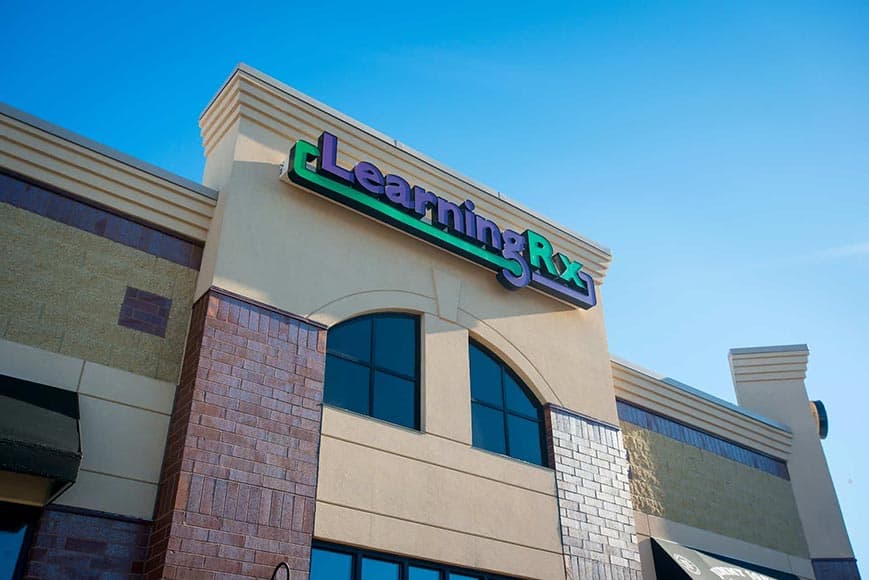5 Motivation Strategies to Keep Kids Engaged
Especially during seasons when there’s anticipation about what’s coming next or when school feels overwhelming, it can be hard to keep kids engaged in their work. Motivation is something that is difficult to teach. It really has to come from within in order to be effective, but that doesn’t mean you’re powerless to get your kids focused and engaged again!
Intrinsic vs. Extrinsic Motivation Styles
Ever feel like bribery is your only method to get your kids to complete a task? You’re not alone! Many parents, teachers, and caregivers naturally fall into the reward/punishment system as their default for motivation. However, studies show that the more kids come to rely on these external motivations, they become less intrinsically motivated.
Intrinsic motivation is definitely the goal. We want our kids to feel the importance of the work they do just for the sake of what it is—not because they want the reward at the end or to avoid a consequence. When you’re bought into something, it becomes more enjoyable and less stressful. You’re less likely to feel overwhelmed. You’re more likely to keep trying when things get tough.
Extrinsic motivation has its place too, however. These factors are especially valuable for younger kids or individuals who have trouble seeing the big picture. These should be temporary and targeted, not just handed out at every turn or inconsistently. Ultimately, the goal of extrinsic motivation should be to teach and model intrinsic reasons for doing the task.
Here are 5 Motivation Strategies to Try:
Give Them Autonomy
Ultimately, most kids desire the option to make choices and determine how they spend their time. Within limits, as you’re able to trust your kids with these choices, give them! Help them break down the tasks they need to do and the ones they want to do and model how to strike a balance so everything still gets done.
Use Praise Wisely
Over- or under-praising kids can each impact a child’s motivation. Over-praising makes it lose its power. If a child hears “good job!” with every attempt or task, this praise will become meaningless. On the other hand, kids who don’t hear praise may become harder on themselves and not see how what they’re doing matters to others.
Using praise as a motivator is a balance. The most important thing to think about is praising effort, not outcomes. If you see your child really trying on something, acknowledge it—even if they don’t get the grade or result you all had hoped for. Flipping your praise from performance to effort can help your family create a culture of hard work and resilience rather than outcome-based value.
Foster Enjoyment Instead of Controlling
Kids who feel like their parent or teacher is constantly telling them what to do will not enjoy learning. Along with autonomy for when and how some tasks get done, if you can find any way to make the process fun and enjoyable, do it! As humans we all gravitate towards things that are fun rather than chores or things we have to do. As much as you can, help your kids see how learning can be enjoyable and their tasks are just a step in that direction.
Focus on Connectedness and Belonging
In the digital age where so much learning happens on screens, it’s important to be intentional about engaging and connecting with kids socially. No digital program can replace parent, teacher, and peer social learning and connectedness! If your kids are disengaging from learning or struggling to stay motivated, take a moment to see if it could be from a lack of social connection points related to those tasks. Working in real-life ways to practice concepts together, having face-to-face conversations and study sessions, and creating a community of learning together in your home can go a long way.
Use External Rewards Only When Necessary
Each of these methods has primarily been geared towards trying to build intrinsic motivation in your kids. However, there is a time and a place for external rewards to get kids motivated.
We all work for external rewards (or to avoid extrinsic punishments) every single day. Every time you go to work and collect a paycheck… Each time you slow your car down when you see a police car… Every time you cheer for your team to win a trophy… Each of these are extrinsic rewards in our adult day-to-day lives, and using them strategically with kids can be extremely beneficial.
Some of the best times to use external rewards would be:
- When your kids have little to no interest in an activity or task, but it’s something unavoidable that must be done
- When your child struggles to just get started or is working on building a particular skill that does not come naturally
- If you have a short-term, achievable goal you’re trying to reach within a specific timeframe
- When you have a longer-term project or goal but want to reward small steps along the way to foster engagement and excitement
Most Kids Will If They Can
If you have a particularly challenging student, it can be overwhelming to try to keep them motivated and working hard. We love the mindset in this video that talks about the skill gap that often occurs in “challenging” kids:
Instead of just looking at the behavior, it’s critical to think about WHY these things are a challenge. If kids CAN do something, most often they WILL do it without much of a fight. If you’re hitting a constant wall, it could be because there’s a cognitive skill weakness getting in the way that is preventing their brain from working like it should.
Understanding your kids’ cognitive profiles is an extremely helpful tool for parents and educators to figure out if there’s something “blocking” motivation and performance. Give us a call today to learn more!







